Tape measures are often designed for specific uses or trades. Tapes may have different scales, be made of different materials, and be of different lengths depending on the intended use. Tape measures that were intended for use in tailoring or dressmaking were made from flexible cloth or plastic.
These types of tape measures were mainly used for the measuring of the subject's waist line. Today, measuring tapes made for sewing are made of fiberglass, which does not tear or stretch as easily. Measuring tapes designed for carpentry or construction often use a stiff, curved metallic ribbon that can remain stiff and straight when extended, but retracts into a coil for convenient storage. This type of tape measure will have a floating tang or hook on the end to aid measuring. The tang is connected to the tape with loose rivets through oval holes, and can move a distance equal to its thickness, to provide both inside and outside measurements that are accurate. A tape measure of 25 or even 100 feet can wind into a relatively small container.
The self-marking tape measure allows the user an accurate one hand measure. A tape measure is effectively a flexible ruler that is usually sprung on a retractable mechanism for easy storage, helping to measure the distance or size of any space or object. With linear-measured markings usually covering a number of different scales, a measuring tape can be many different materials.
Flexible fabric options are great for accurate measurements across circular or jagged surfaces. Measure tapes often have a floating tang or hook at the end, sometimes magnetic, to secure them in place when in use which is ideal if working alone or in awkward spaces. Any tradesman will know the importance of accuracy on site. Fill your toolbox with essential tape and laser measures at Toolstation to measure anything with ease and the utmost accuracy. Reading a tape measure is a skill you can easily master. Using this small, sturdy hand tool can improve the accuracy of your project measurements.
Learning how to use a tape measure properly means to always "measure twice, cut once." You can use a standard tape measure or opt for a metric one. The Home Depot delivers online orders when and where you need them. Most standard tape measures in the U.S. have markings that measure down to 1/16 of an inch. These are smaller, sometimes thinner markings, evenly spaced between the half-inch and inch marks on a tape measure. On some tapes, quarter inch marks are the same size as eighth-inch marks.
Remember that two sixteenths of an inch equals one eighth, two eighths of an inch equals one quarter, and 2 quarters equals one half. For example, the second eighth-inch marking after the inch marking is a quarter inch. A tape measure, or measuring tape is a type of hand tool typically used to measure distance or size. It is like a much longer flexible ruler consisting of a case, thumb lock, blade/tape, hook, and sometimes a belt clip. A tape measure will have imperial readings, metric readings or both. They are a common measuring tool used in both professional trades and simply around the home.
We use them to build houses, to tailor clothes and to ensure fairness in trade and sports, pretty much any situation where we need to know the length of something. Many years ago as a high-school football running back, I cared about every yard I could gain; my dreams of playing in college, and with any luck the NFL, depended on it. First downs and touchdowns are determined by precisely marked yard lines and often decided by mere inches, so it was important to me and my teammates that the referees' measurements were accurate. I went on to play college football at Towson University, but pursuing a rigorous academic degree while playing football was beyond my ability. Anyway, length is still a big part of my life these days, but the units are meters, which is the international unit for length. As leader of the Dimensional Metrology Group at NIST, one of my jobs is to ensure the accuracy of tape measures.
In 2011, my group calibrated the tape that was used to measure the length of the 2012 Olympic marathon in London. This is important because the winners of this event are decided based solely on how fast they can complete a course of known length. With so much riding on winning, it's easy to see why you would want the length of the course to be as accurate as possible. If you want a wider, tougher tape and don't mind a higher price and a bigger, harder to manage tool, the Stanley FatMax 25-foot tape measure is a great choice. The most common tape measures are 12 feet, 25 feet, or 100 feet in length.
The 25-foot length is called a builder's tape and is marked in feet and at 16-inch increments to make measuring the standard distance between wall studs easier. The 100-foot tape, usually of reinforced cloth, is useful for determining property boundaries and other exterior measurements. A tape measure is indispensable in every home and every trade professional's kit.
They're useful for measuring up household and garden projects, from construction work to hanging art. Made from flexible metal ribbon marked with metric and imperial dimensions, the tape can be stretched out and retracted with ease. Auto stop, locking mechanisms and soft close features make one-handed use easy.
The lines on a tape measure are simple to read once one understands what they represent. The longest lines represent the number of inches from the beginning of whatever space is measured. This is usually a different color than the other numbers.
The bigger marks between each inch mark represent one-half of an inch. The markings between each half-inch mark represent a quarter of an inch, while the markings between each quarter-inch represents 1/8 of an inch. Between these 1/8 inch marks are 1/16 inch marks, with some tape measures breaking the inch down into 32nds and even 64ths. For this guide, we only looked at tapes with traditional locking buttons. Some companies make tape measures with auto-locking features that automatically hold the tape in place once it is extended.
A button, located where the normal toggle would be, retracts the tape. Also, if you use a standard tape and you're looking for a quick hold on the blade, it is very easy to "auto-lock" it by shifting your forefinger forward until it rests against the bottom of the tape. It makes sense to just learn that little trick and then have the full range of tape motion if you need it.
We also tested the strength of the locking mechanism by locking each tape at 24 inches, dangling it from the tang, and bouncing it. When the lock is engaged, it should be strong enough to withstand that level of pulling and tugging. Oftentimes, I'm taking a measurement on a horizontal surface like a tabletop and I lock the blade so I can work with both hands.
In that situation, I want to be able to give the tape a tug to make sure it's securely hooked. The weakest part of any tape measure is the blade, and the PowerLock's is more durable than nearly all the others' we tested. The thumb-operated blade lock is smooth, strong, and easy to operate with one hand, unlike some other more cumbersome models. Its blade is a quarter-inch slimmer than most contractor's tools, so it's easy to lay flat for marking measurements, yet still stiff enough to stand out unsupported for nearly 8 feet, which is plenty. It's a basic tool whose pared-down simplicity makes it light, tough, accurate, easy to handle, and affordable. Taking all this into consideration to name the tool that gives you the best value, the other tapes—which often cost more—all fell short compared to this one.
Our Compact Wide Blade Tape Measures have up to 15' of reach allowing you to quickly take measurements. The tape is wear and impact-resistant with nylon blade protection and an additional anti-tear coating on the first 6" of the blade, reducing tape tear. Built to withstand the jobsite, the compact measuring tapes are constructed with a 5-point reinforced frame for impact resistance.
In the US, the standard tape measure will measure in Imperial units—that's feet and inches—while the rest of the world uses metric tape measures to measure in meters and centimeters. No matter which measurement system your measuring tape follows, the basic anatomy of the tool and how to read it remain the same. Just as you would with a retractable tape measure, look for the spot where the end of the object or distance you're measuring lines up with the tape measure. If the tape measure stretches exactly halfway between the 27 and 28 inch markings, this means that your arm is 27.5 inches long.
On a tape measure that uses imperial units – as opposed to the metric system – the most prominent markings are typically the inch marks, designated by long, thin lines and larger numbers. You will see a foot designation marked every 12 inches . Our Compact Wide Blade Magnetic Tape Measures have up to 15' of reach and a magnet that easily attaches to EMT & steel studs. A tape measure usually has two different measurement systems on it. This is a mix of the inch system and the metric system.
Most manufacturers have opted to use both systems, for whatever reason. Even though modern-day measurements are usually taken in inches, some do not, so the calibrations stay. The top half of a tape measure is usually in inches, broken into eighth and sixteenth of an inch increments. The bottom half of the tape is divided into centimeters and millimeters. The large numbers on the top represent inches, while the little marks between the numbers represent increments of an inch mentioned earlier.
For example, a 16-foot tape measure has 16-1 foot markers across the top and inch marks . While tape measures that have plastic tapes are going to be fairly inexpensive, they are not going to be sturdy and durable enough to stand up to a lot of use without problems. The main issue that you will find with this type of measuring tape is that the plastic will stretch out over time, no matter how careful you are not to pull on it when you are measuring. This will lead to inaccurate measurements and can cause you to make major mistakes when working on a project.
Reading a tape measure correctly is a necessary skill when taking on DIY projects. Tape measures are available in both standard or imperial units and in metric units. This guide will show you how to read a tape measure. Plus, you'll learn some tips and tricks for using this tool to get precise measurements. A really nice additional feature of the PowerLock is that the tape case is marked for inside measurements. About ⅔ of the tapes that we tested had this feature, but the Stanley was one of seven that kept this measurement to an easy-to-use 3 inches.
Using the DeWalt, you have to add 3¼ inches and the Snap-on makes you add 3⅛ inches. The people we asked to handle the tapes had similar experiences. A couple of them commented on how light the PowerLock was compared to the others, especially the 1¼-inch tapes (the PowerLock is 13¼ ounces, tied with the Keson for the lightest tape tested). The solid feel of the tool and the smooth locking lever were also noted as high points.
Because the PowerLock has been the standard tape measure for so long (and the one that everyone's dad owned) it seems to have become what people are comfortable and familiar with. "Yeah, it's a tape measure … it's what you expect," one person said. Everyone thought that the 1¼-inch tapes were bulky and heavy. The Tajimas and FastCaps got high marks for their compact size, but they each have their own flaws that we'll get to in a bit.
Anyone who works with tape measures is sure to have tried and tested lots of products and does not want to make any compromises. In fact, when it comes to quality tape measures, numerous features determine the measurement accuracy, practicality and durability. That is why we place particular importance on robustness, reliability, ease of use and, of course, accuracy with our tape measures. All STABILA tape measures comply with the MID directive, which applies in Europe. With CE and metrology markings and EC Type Examination Certificate.
A measuring tape recoils through a retraction system inside the unit. A retractable tape measure has a flat spring wrapped around a spindle near the middle of the tape. Problems frequently appear when the blade is split or otherwise broken. When the tape is pulled, the defect hooks on the case, stopping the tape from moving. If the flat metal clip on the end comes loose or gets bent — typically from dropping the tape — it results in inaccurate measurements.
Plastic cases are very common for tape measures and allow for rubber to be added to make them easier to grip. Smaller tape measures will be made of only plastic and are usually of a lower-quality material, which means that they can more easily crack or break if you were to drop your tape measure. If you expose a measuring tape with a plastic case to extreme temperatures it can weaken the case itself and make it more easy to damage. Use the tiny, densely-packed marks for sixteenths of an inch.
The shortest lines of all on most measuring tapes are the sixteenth-inch marks. There are 16 of these tiny marks per inch — four in each quarter-inch.Note that some very precise measuring tapes will mark down to one-thirty-second of an inch or even one-sixty-fourth of an inch! Use the same pattern for recognizing these minuscule measurements.
The sale of dual Metric/US Customary scale measuring tapes is slowly becoming common in the United States. For example, in some Walmarts there are Hyper Tough brand tapes available in both US customary units and Metric units. Unlike US rules, of which an overwhelming majority contain both centimeter and inch scales, tape measures are longer and thus traditionally have had scales in both inches and feet & inches. So, the inclusion of a metric scale requires the measuring device either to contain 3 scales of measurement or the elimination of one of the US Customary scales. It consists of a ribbon of cloth, plastic, fibre glass, or metal strip with linear-measurement markings.
Its design allows for a measure of great length to be easily carried in pocket or toolkit and permits one to measure around curves or corners. Today it is ubiquitous, even appearing in miniature form as a keychain fob, or novelty item. Surveyors use tape measures in lengths of over 100 m.
If you need a longer tape measure, depending on your needs, it may be worth investing in a 100-foot tape measure like this Komelon. These are not spring-loaded auto-retracting tapes like their smaller cousins. Rather, they work on a spool system like a fishing rod.






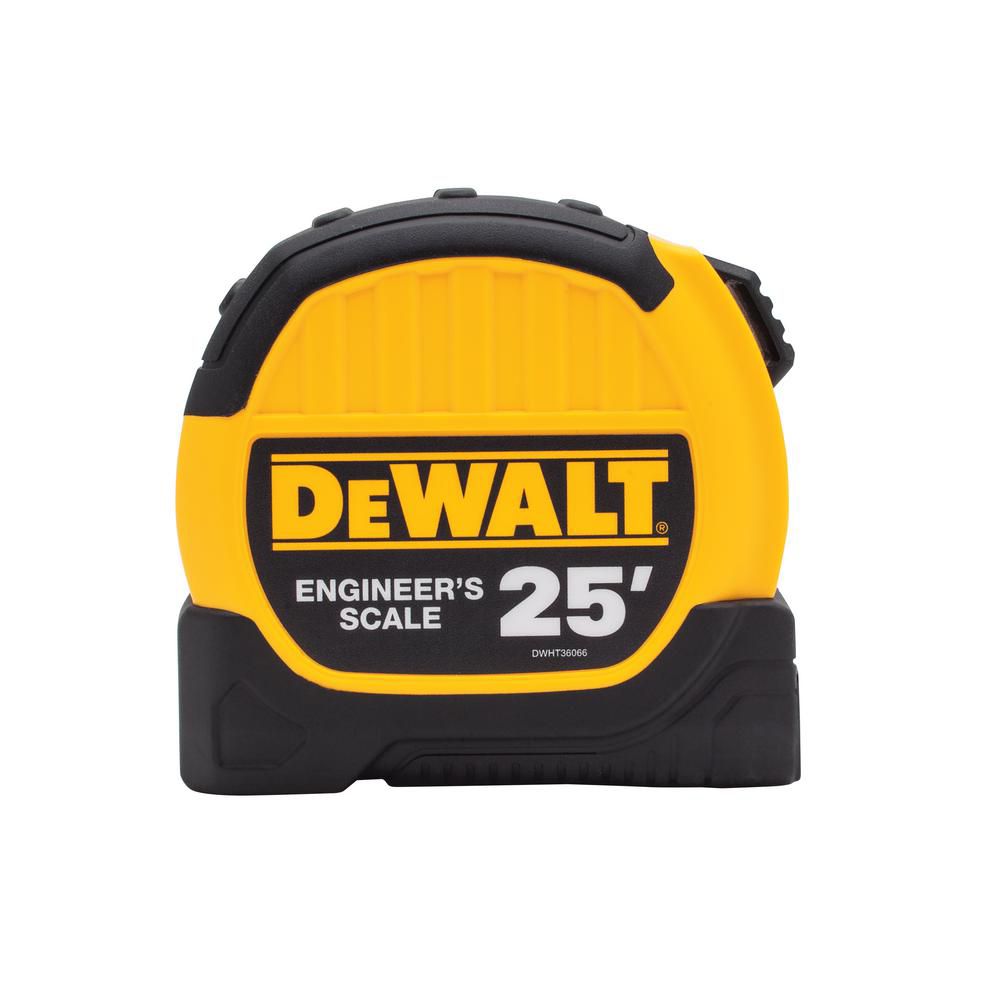



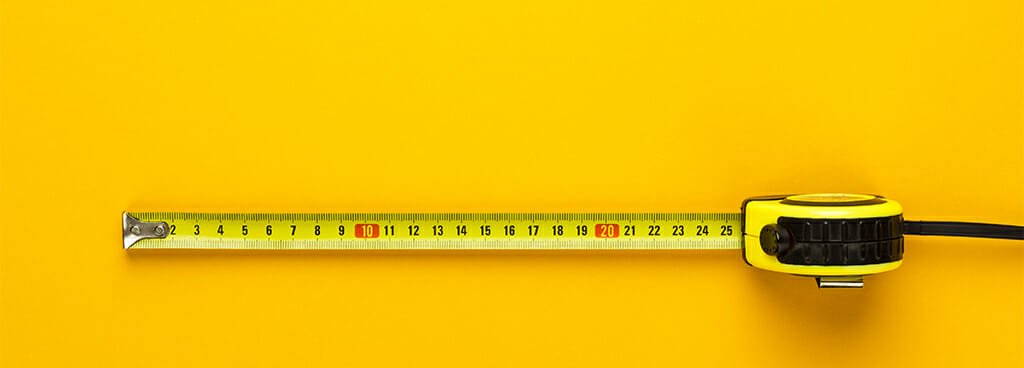









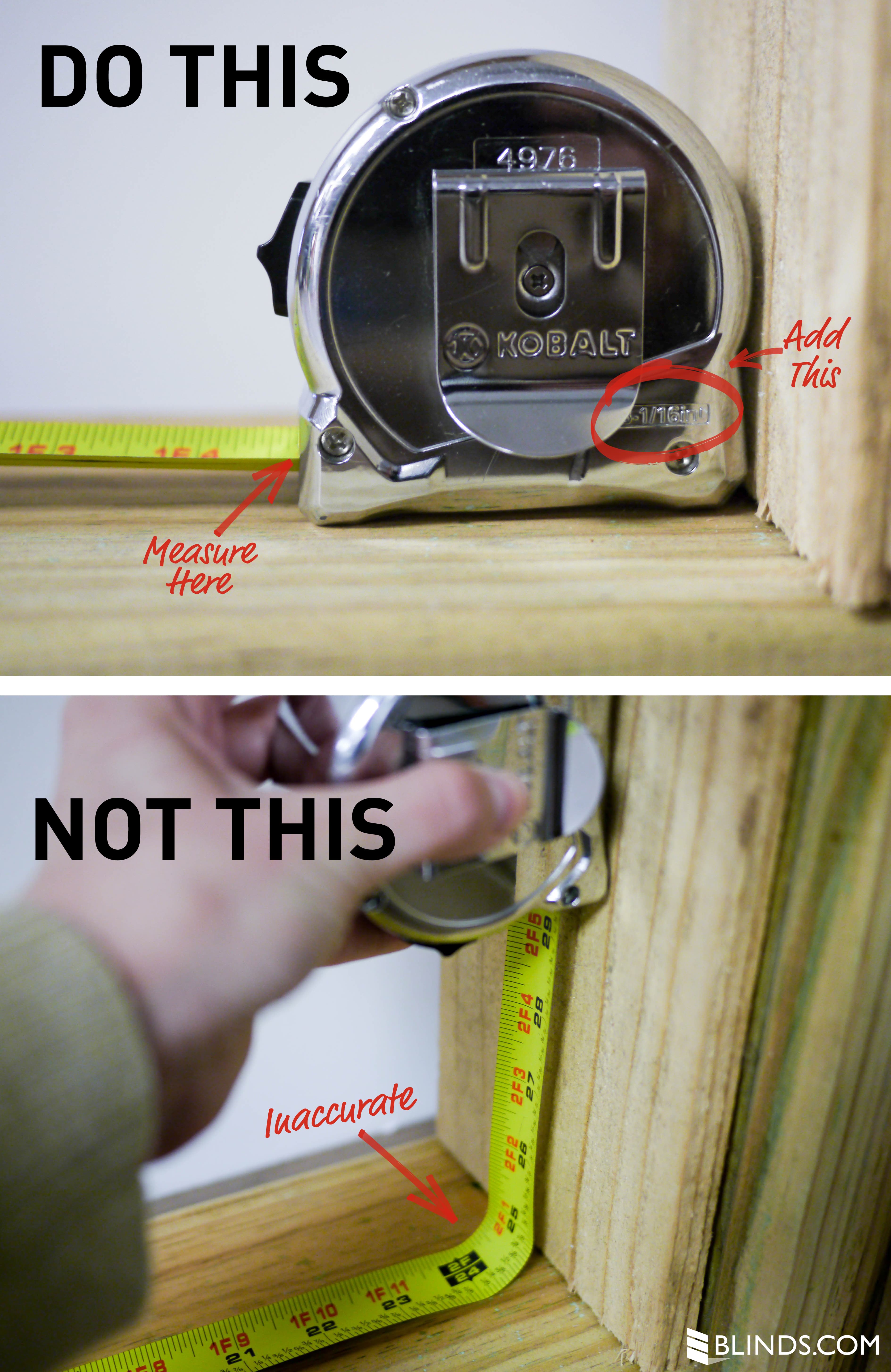

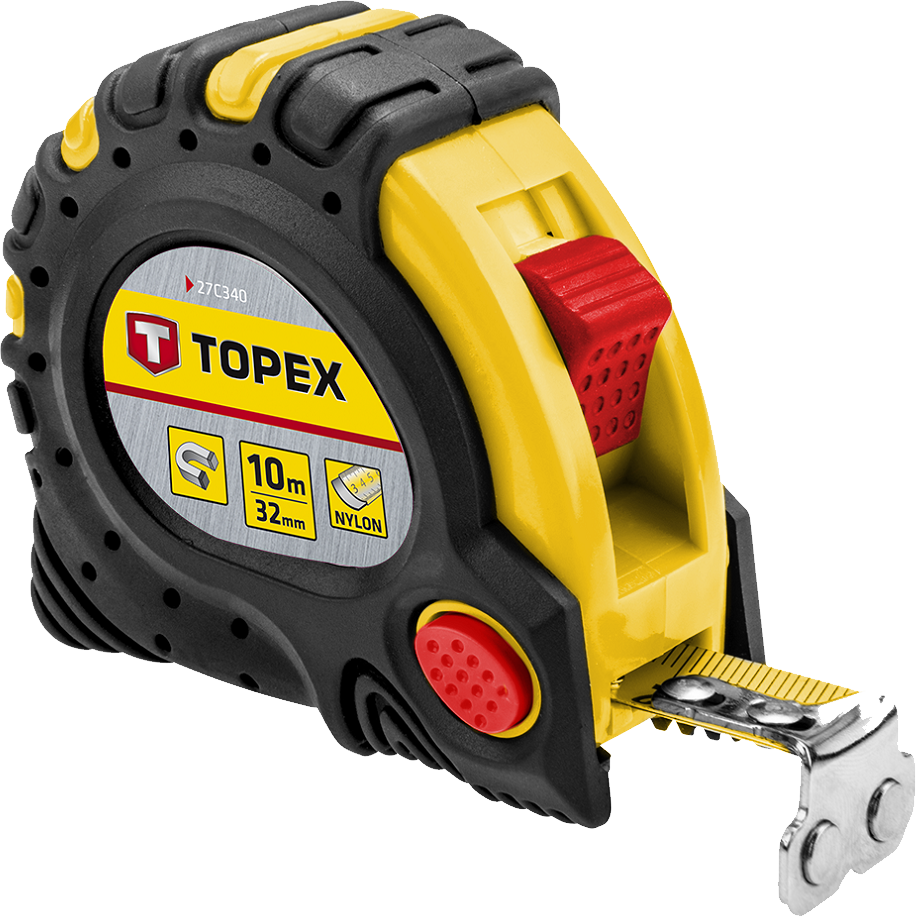

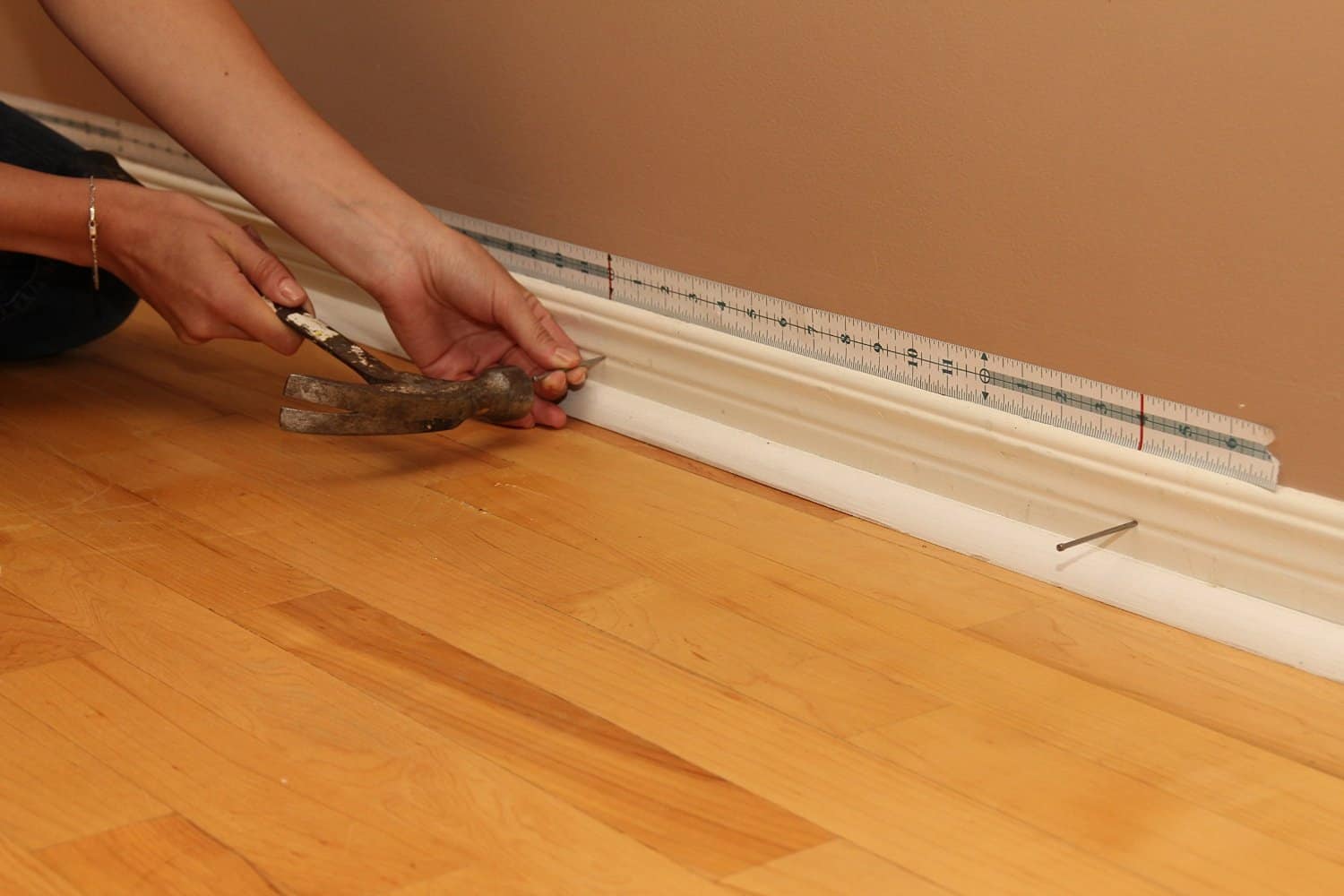

No comments:
Post a Comment
Note: Only a member of this blog may post a comment.